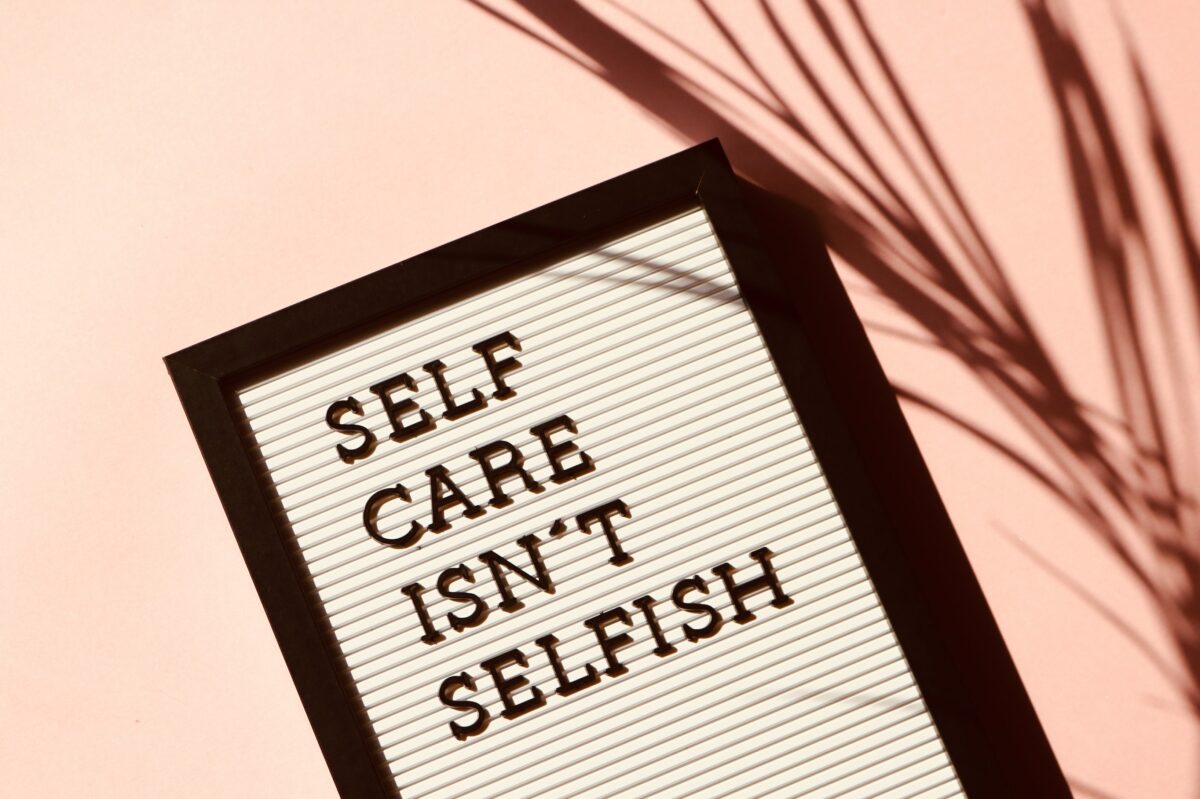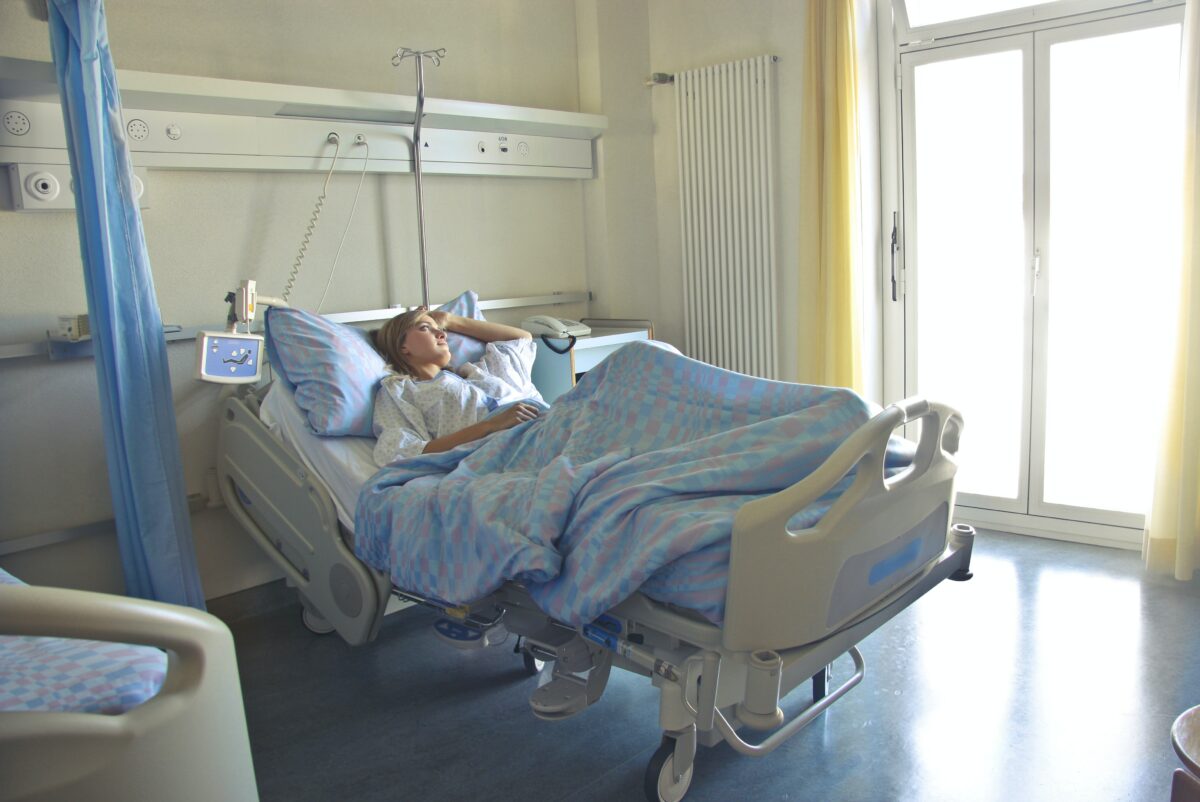If you fell and broke your leg, you wouldn’t hesitate to call your doctor and seek help. Mental health is just as important as physical health! If you think you are depressed, stressed, anxious, or sadder than normal during pregnancy, you should talk to your doctor.
One in every four pregnant women experience a mental health concern, and this is nothing to be ashamed of! That is almost 4 times more common than gestational diabetes, yet all pregnant women get screened for that and talk openly about the results. For some women pregnancy is the happiest time of their life, for others, it is a really difficult time both mentally and physically. A big change is on the horizon, and change can be stressful! Just because you feel sad, doesn’t mean you don’t love your unborn baby or that there is anything wrong with you! This can be totally normal!! Pregnancy is hard enough without the added challenge of fighting mental health concerns. There are many options for helping you to feel better and be the happiest version of yourself!
https://www.who.int/mental_health/maternal-child/maternal_mental_health/en/
Vesga-López O, Blanco C, Keyes K, Olfson M, Grant BF, Hasin DS. Psychiatric Disorders in Pregnant and Postpartum Women in the United States. Arch Gen Psychiatry. 2008;65(7):805–815. doi:10.1001/archpsyc.65.7.805
© WKU {2022} All rights reserved.

